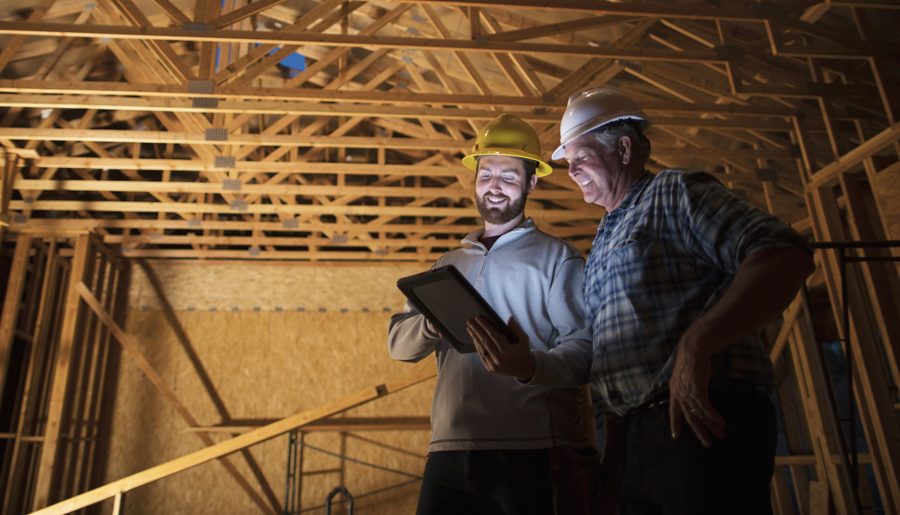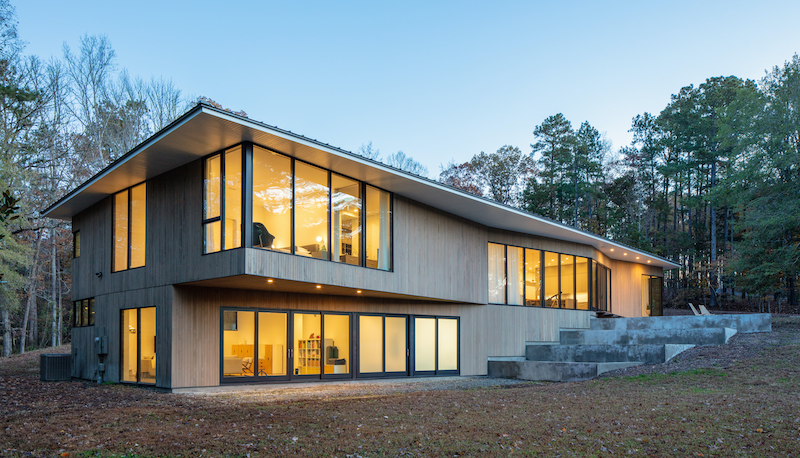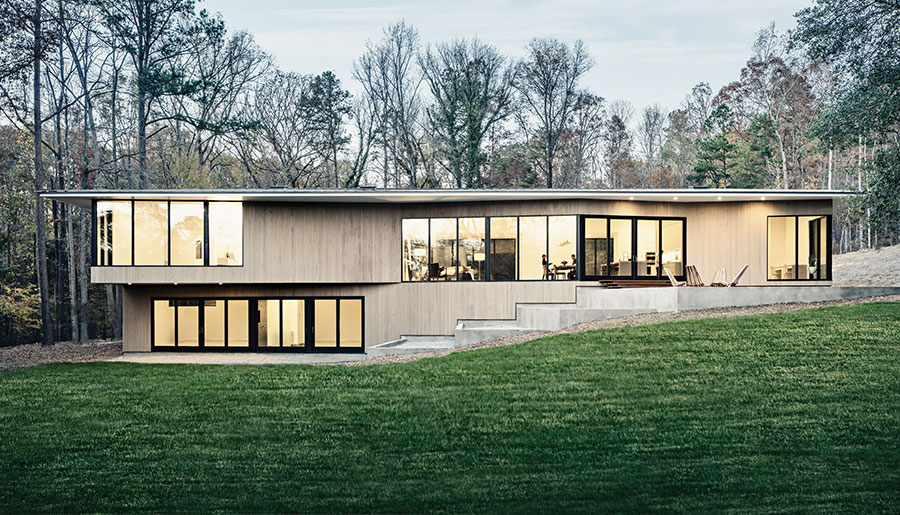Data shows that customers are expecting contactless services for years to come. For builders and contractors, that means effective communication through virtual tools will be critical to business success. Here are practical tips for taking the customer-facing parts of your business online. Like what you see? Read more here
Advice for managing today’s labor and materials challenges Rising materials costs and a shortage of skilled labor have been persistent challenges for years, and they have become more acute in 2020. Here are some helpful tips and strategies for navigating today’s unpredictable building environment while setting your business up for long-term success. Mitigating materials issues A 2018 survey from the National Association of Home Builders (NAHB) found that the rising price of building materials was the biggest problem housing developers faced. As the impact of COVID reverberates through global supply chains, the pricing and availability of building supplies have become even more unpredictable. Adopting practices that provide your business with greater flexibility is like putting on shock absorbers for the bumpy road ahead. Four flexible practices to consider include: Escalation clauses: Have a construction attorney draft provisions for your contracts that address adjustments of fees and payments to account for fluctuations…
Mixing premium and economical windows and doors to achieve the look and lifestyle your clients want is smart business. Here are ideas for creating the right blend of solutions for three popular homeowner lifestyle goals.The most effective value engineering isn’t about the lowest possible price. It’s about mixing products thoughtfully for maximum results. Check out our new blueprint for delivering the right blend of solutions for three popular homeowner lifestyle goals. Want to learn more? Get our Navigating the Recovery Ebook here.
Rather than move, more homeowners are now looking to transform the homes they’re already in. Here are some of today’s most wanted remodeling trends – the upgrades your customers are looking for, based on a survey of nearly one thousand homeowners. Like what you see? Read more here
A guide to rebuilding an effective, efficient construction business in 2020 and beyond In this E-Book, we’ve compiled six strategies to consider adopting now so that your business runs as effectively as possible when the economic engine starts revving up again. Click here to download Navigating the Recovery Ebook (pdf). Want to learn more? Read about remodeling trends for home owners here.
Next-gen coating transforms the look and performance of our vinyl products. Have you ever tried to paint vinyl? It’s not easy. Adhesion to vinyl, a plastic material, is tricky at best. What’s more, vinyl reacts to changing temperatures by expanding or contracting. You know what that does to most paints. For vinyl window and patio door manufacturers, the coating question is especially challenging. How do you offer on-trend exterior colors like black or bronze on affordable, high-performing vinyl windows and patio doors without risking costly warranty claims? Beyond Paint Our push to identify an exterior paint replacement for vinyl began about three years ago. The candidates included powder coating and co-extrusion, two long-established finishing methods. However, both were ruled out early over manufacturing concerns. A third process called film lamination showed more promise. The material science is simple enough. A plastic film with elastic properties is affixed to a vinyl…
A home for all ages marries accessibility and aesthetics that the whole family can appreciate. More homeowners are planning on their parents and adult children moving in with them. Studies show that the number of multigenerational households—defined as a home with more than two adult generations or grandparents and grandchildren younger than 25—is on the upswing. According to Pew Research Center, 2016 saw a record 20 percent of Americans living in multigenerational households,[1] compared to just 12 percent in the 1980s. And a recent survey by John Burns Real Estate Consulting says that as many as 41 percent of home-buying Americans are looking for homes that can accommodate an elderly parent or adult child.[2] What does this mean for builders and remodelers? A shift in demand and business model. Not only are more homeowners looking for more home, but there’s also the challenge of marrying accessibility features with design and…
Technologies and business practices from other industries can be game changers for home building Brought to you by JELD-WEN It’s easy to criticize some builders’ resistance to new technology, but given the complexities of this business and the huge financial risks, their hesitance is understandable. Established methods can seem safer and more predictable than changes that may or may not pay off. However, a growing number of builders understand that their survival will ultimately depend on their willingness to adopt new business practices and technologies. These practices usually aren’t complicated. In fact, they tend to be proven, mainstream, and even obvious. The key is having the mind-set to embrace them. Case in point: Russ and Scott Murfey of San Diego‒based Murfey Company, a 10-year-old builder/developer of single and multifamily homes and commercial projects, say that the careful application of new technologies and ideas has helped them build a thriving business. 1. Going…
This engineered approach to code compliance is becoming more popular as builders understand its benefits. Brought to you by JELD-WEN When it comes to energy code compliance, the performance path is the road less traveled, but that’s changing as builders learn more about its advantages. The prescriptive path, historically the more common approach, has the builder adhere to a specific set of construction details and get them confirmed by an inspector. “It has been our experience that the majority [of builders] go prescriptive,” writes Ekotrope, a company that makes energy simulation software. The prescriptive path long made sense for many builders: there’s no need to change architectural designs or purchasing processes. The move to performance started in 2009 when the code began mandating R-20 walls for the prescriptive path, which would have required builders to upgrade from 2×4 to more-expensive 2×6 walls. Why companies are moving to the performance path…
Some industry pros share their strategies for pursuing high performance. Brought to you by JELD-WEN The path to a high-performance or net zero home is a well-trod one. It’s supported by proven building science principles refined over decades. These principles apply to remodeling as well as to new construction. The path to net zero is pretty straightforward: Create a super-efficient building shell with lots of insulation, low air leakage, and the best windows and doors possibleAdd high-efficiency HVACUse nontoxic materials and install fresh air ventilation But your results are all about the details. Here are some ideas to help you get started with net zero or improve your next net zero project. 1. Study and learn Start with training. Done wrong, tight construction can create moisture or air quality problems. To avoid them, get some good basic training. Not sure where to begin? Both of these organizations offer classes in applied…









